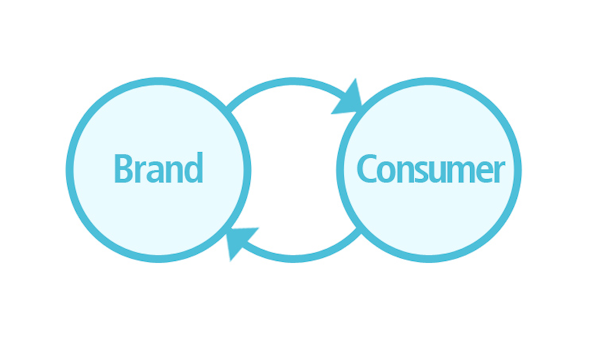The science behind collaboration
Team work is the way to go and the science behind collaboration proves brands have a lot to gain by collaborating with their consumers. From priceless perks like word of mouth, co-creation and real-life insights, brands don’t need to dig deep to engage further loyalty and further marketing reach through collaboration. But what’s in it for the consumers, why is it that collaborative marketing works as a win-win for both parties? Can the important stuff, like sales impact and ROI of word-of-mouth still really be measured using collaborative marketing?

A basic instinct
Humans are innately collaborative, essential for survival. “The human race has only survived through our ability to collaborate and reciprocate…it’s a basic playground skill and we learn it through interacting with others” says Gill Green, consultant psychologist at ORConsulting Ltd.
A similar desire to collaborate and build relationships and conversations is becoming increasingly prominent in B2C marketing, and it’s driven by the consumers themselves. But what makes consumers want to provide their feedback for free? It’s about trust and rewards, Green explains.
According to neuropsychology, we are equipped with a “friend or foe” detection system, which helps us determine who the good guys are. When people make false claims or send inconsistent messages, we experience these behaviours as threats and may react with avoidant responses, such as fight, flight or freeze. But when we feel included and consulted, these responses change from threat to “approach” – in other words, we instinctively prefer collaboration to being told what we should or shouldn’t think.
As a result we feel rewarded when brands involve us and welcome our feedback and criticism. So show your consumers that you are willing to listen and that their opinion matters and you’ll be able to fully make use of the intrinsic reward mechanisms for engagement. And if you want to be deepen the relationship further, remember that consumers will feel even more rewarded when you act upon what you tell them.
There are clear incentives for brands and consumers alike to collaborate in marketing. But how do we bring this to a strategic and measurable level?
Profit from the data maze
Data is and will continue to be a hot topic, but marketers today are struggling to close the loop between the power and potential of the data they hold, and putting it to use in real life.
Collaboration drives solid data, which feeds back into your CRM system, powering future engagements. Collaborative technology means that every conversation (offline as well as online), action, email, and contact point between you and your community can be tracked, measured and analysed by technology, and integrated to CRM systems to inform your marketing campaigns and make them more effective.
Key Performance Indicators (KPI) including factors like online and offline reach, consumer generated media (blog posts, ratings, reviews, social media mentions etc.) and product trials make collaborative marketing plannable and measurable.
It’s clear that the collaborative approach encourages all types of success for brands, from customer experience to data, further engagement to further customer loyalty. The ‘Marketing Breakfast; market with your consumers rather than at them’ will be a free breakfast event for those in marketing wishing to reach out and shake up their marketing point of view. Join The Drum Network and trnd for a free breakfast event to learn all about how the analytics and psychology behind consumer collaboration work.

